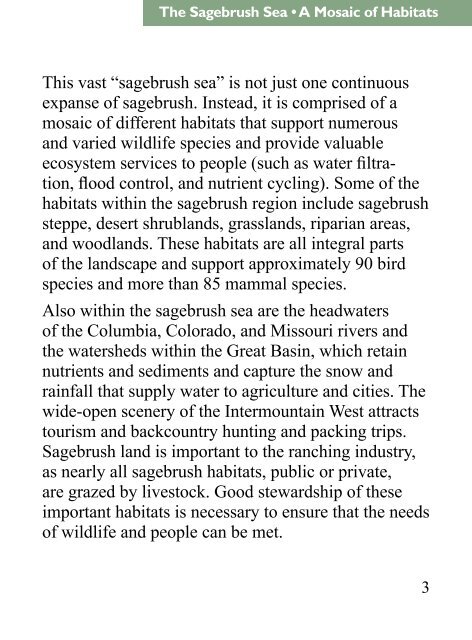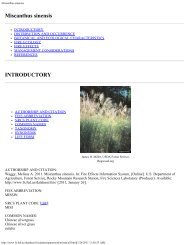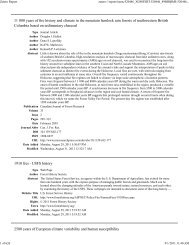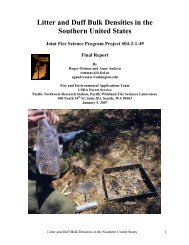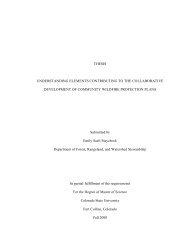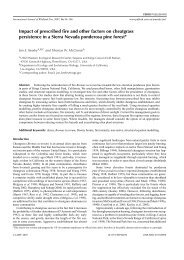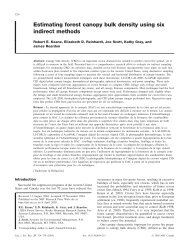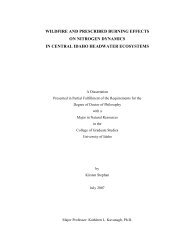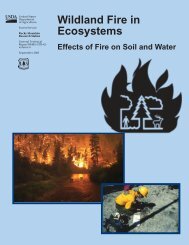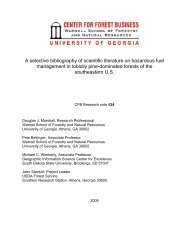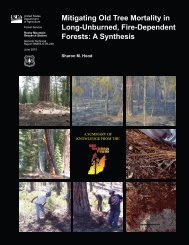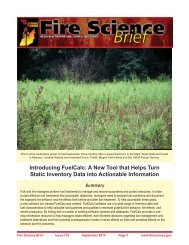Sagebrush Birds - Point Reyes Bird Observatory
Sagebrush Birds - Point Reyes Bird Observatory
Sagebrush Birds - Point Reyes Bird Observatory
You also want an ePaper? Increase the reach of your titles
YUMPU automatically turns print PDFs into web optimized ePapers that Google loves.
The <strong>Sagebrush</strong> Sea • A Mosaic of Habitats<br />
This vast “sagebrush sea” is not just one continuous<br />
expanse of sagebrush. Instead, it is comprised of a<br />
mosaic of different habitats that support numerous<br />
and varied wildlife species and provide valuable<br />
ecosystem services to people (such as water filtration,<br />
flood control, and nutrient cycling). Some of the<br />
habitats within the sagebrush region include sagebrush<br />
steppe, desert shrublands, grasslands, riparian areas,<br />
and woodlands. These habitats are all integral parts<br />
of the landscape and support approximately 90 bird<br />
species and more than 85 mammal species.<br />
Also within the sagebrush sea are the headwaters<br />
of the Columbia, Colorado, and Missouri rivers and<br />
the watersheds within the Great Basin, which retain<br />
nutrients and sediments and capture the snow and<br />
rainfall that supply water to agriculture and cities. The<br />
wide-open scenery of the Intermountain West attracts<br />
tourism and backcountry hunting and packing trips.<br />
<strong>Sagebrush</strong> land is important to the ranching industry,<br />
as nearly all sagebrush habitats, public or private,<br />
are grazed by livestock. Good stewardship of these<br />
important habitats is necessary to ensure that the needs<br />
of wildlife and people can be met.<br />
3


